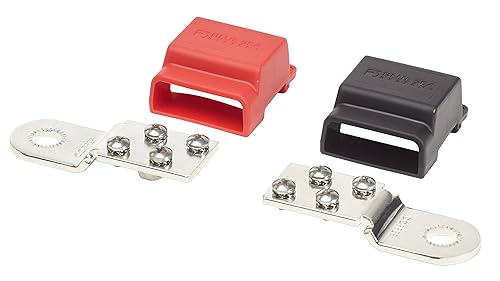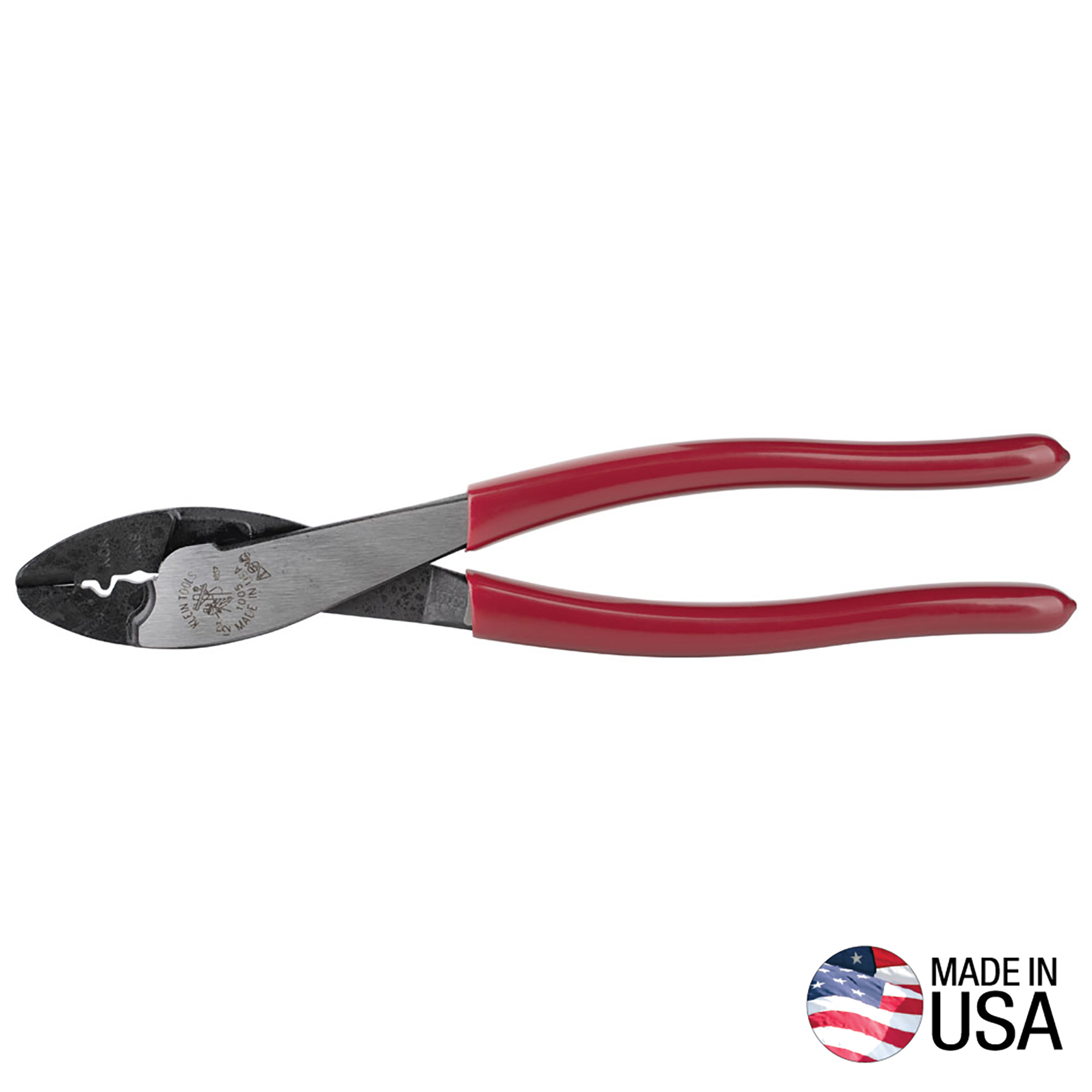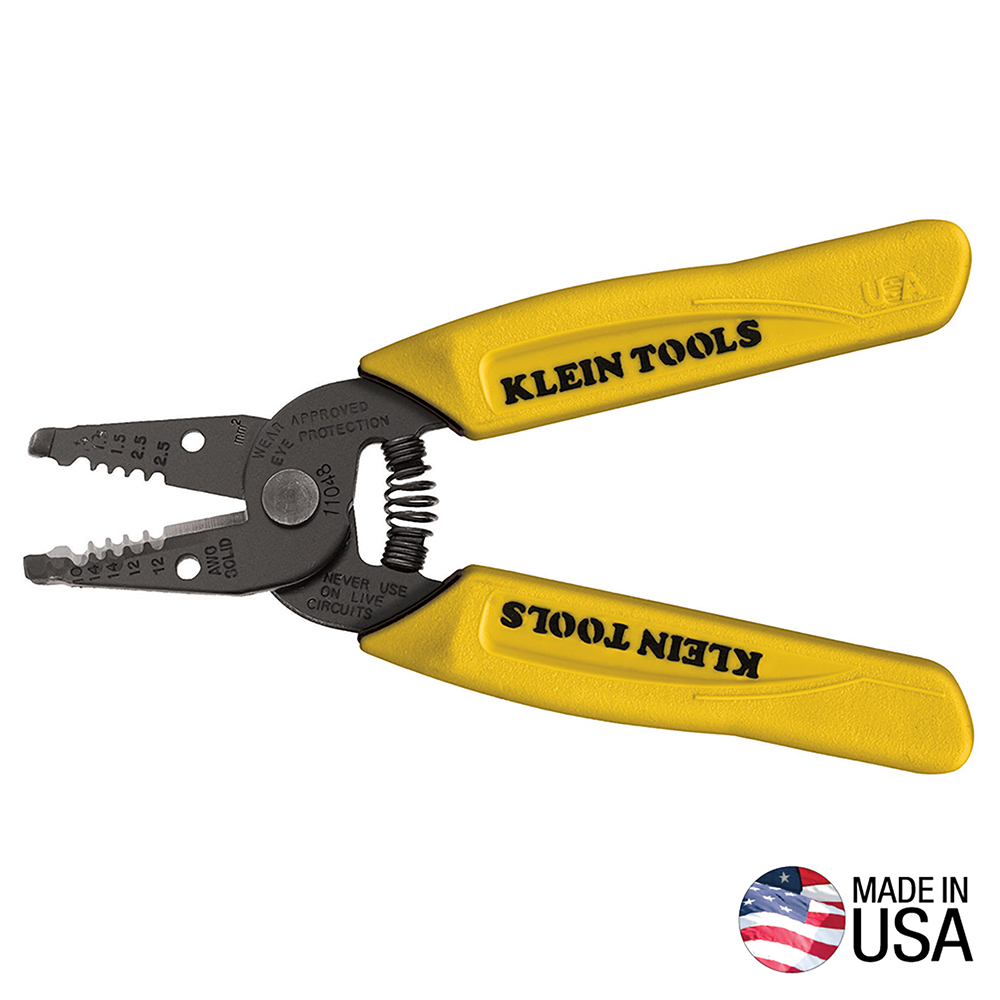Well.. I feel kind of bad.
Either I have too much crap on my battery terminals (specifically the + and - of the overall pack) or I had a cancerous balance harness in the system.
Summary: I have two sets of balance leads. One goes to the charger, the other to the equalizer. That means two connections on pack + and - by default.
Add in a third ring terminal that goes to the BMV shunt on the pack negative.
Add a third and fourth ring terminal on the pack positive for charge inlet, and a positive lead to a fuse block which I discharge through.
In short, that's a lot of crap on the terminals.
I slimmed it down, removed equalizer harness, and am now charging at 29.5 amps (410w) with 42mV difference. No longer is cell 3 shooting up to 3.6v the second it gets charge put on it. The problem was in my ring terminal fiasco or a dookie harness throwing things off. That cell is not wrecked like thought on last page. Things look good. This has likely been affecting a whole lot of my testing, because on most of them where I wasn't using the equalizer, I simply unplugged it. But its ring terminal bulk + harness presence was still there.
I think I'll always have two complete balance harnesses connected, one for a BMS and one for external monitoring and connecting to balance charger. That's 2 rings on every terminal - on every cell - of the battery, always. On pack negative I'll always have a third run to my BMV shunt. On pack positive (once I re-integrate), I'll always have a third run to my BatteryProtect, and another run for temp sensor + BMV positive. I guess to prevent even more crap on the pack terminals I can stack charge + on the BatteryProtect inlet, and then all the output will go to the output side of the BP.
Is this sufficient for connecting to battery main + and -, and then attaching applicable (2 per) balance leads, or will that impact accuracy? I'm finding this needs to be the best connection possible or I have freak outs like last night, and it's certainly no good for meaningful BMS protection and balance charging if squirrely.






